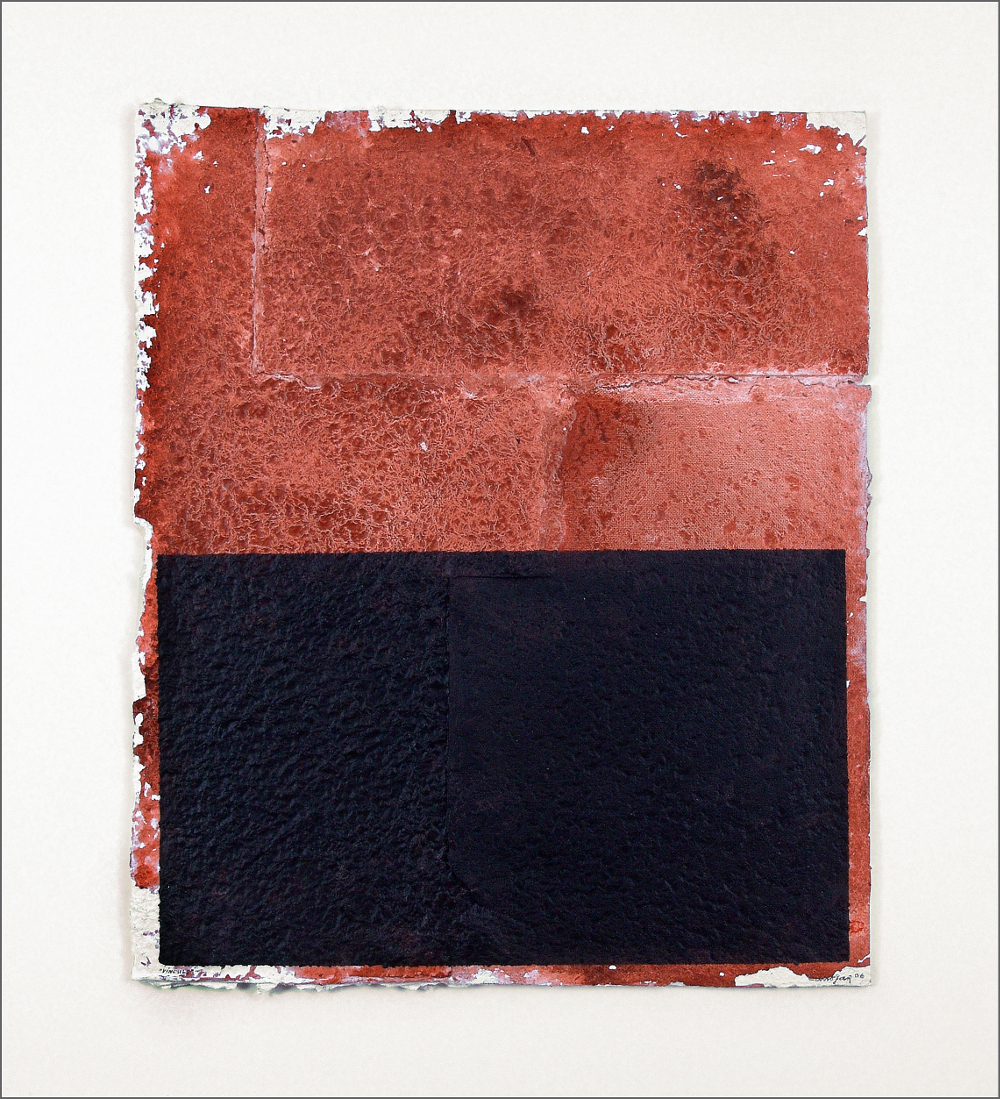Biographical Data
Spanish painter born in 1935 in Toledo. A student of figurative painter Daniel Vásquez Díaz during the period between 1949 and 1954, Canogar is an informal abstract and material painter. He has been a member of the El Paso group in Madrid from the very moment it was created, in 1957, along with Antonio Saura, Manolo Millares, Luís Feito and Pablo Serrano. He subsequently turns figurative and creates combinations and reliefs related to the political situation of his country, which during the 60’s was under Franco’s dictatorship. Canogar then returns to abstraction in 1976, a time when his painting plays with the contrast between geometric shapes and irregular surfaces. The artist resides in the United States from 1965 to 1966 and in Berlin from 1972 to 1974, and receives numerous international awards, like the one from the Sao Paulo Biennial in 1971. His works are on display at the most important museums in Europe, North America and South America, and today he is acknowledged in his country as one of the great Spanish artists of the second half of the 20th century.
Brief Chronology
Canogar’s art evolves concurrently with the history of Spain during the second half of the 20th century. Upon finishing his training, the artist adopts an abstract style marked by the informal painting of that period as a reaction against the ideology of Franco’s regime. Like the other members of the El Paso group, he works with materials, texture, in a very expressive fashion. As of 1968, the artist focuses the strength of his opposition on figurative art and creates a series of works halfway between painting and sculpture, a sort of high relief made from molds of parts of the human body or whole bodies, of real objects and painted parts. The subjects he depicts render the violence that existed in his country and highlight his political commitment. Canogar’s art is an art of contents expressing messages like those of the Spanish group Equipo Crónica or of particular narrative figuration artists in France. Canogar brings the practice of the relief, which he recovers from his previous period, to his compositions. He plays with materials and with headless bodies, and is inspired by pop art, in particular sculptures by George Segal and Edward Kienholz, to turn to the technique of engraving and of fragments. His scale 1 reliefs reveal a great expressive force which he doesn’t preserve when he returns to abstraction in 1976. Starting then, he devotes himself to making large paintings that render, in a dialectical relationship, the contrast between geometry and the shapeless, between surfaces with uniform colors and free, spontaneous execution.
S. L.

Vínculo, 2006, Hand painted paper construction over oil on wood 114 x 104 cm